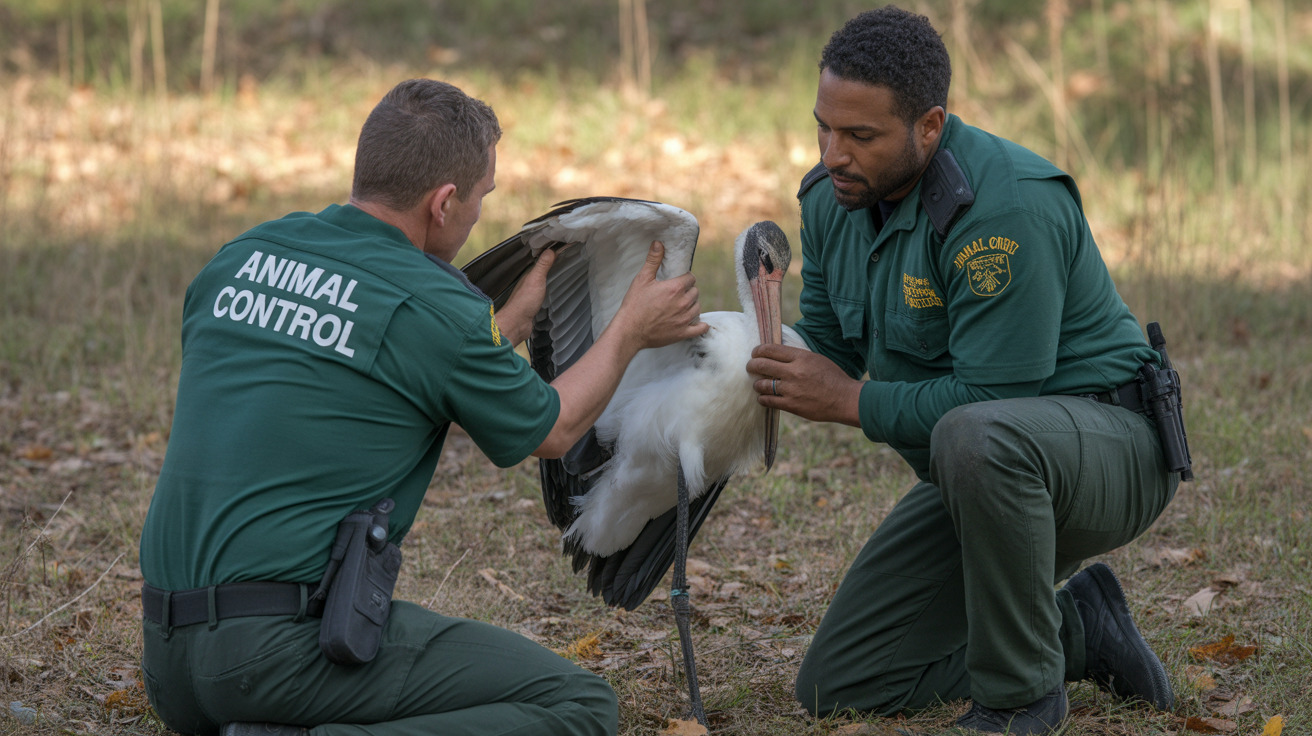Choosing the right flea and tick prevention for your dog is crucial for their health and comfort. With numerous options available, from collars to topical treatments and oral medications, finding the best flea and tick protection for your furry friend can seem overwhelming. This comprehensive guide will help you understand your options and make an informed decision for your pet's parasite prevention needs.
Understanding Flea and Tick Prevention Options
Protective Collars
Flea and tick collars offer one of the most convenient and long-lasting forms of protection. Products like Seresto provide up to 8 months of continuous protection, while newer options like Provecta Pro offer 6-month coverage plus mosquito repellent. These collars work by slowly releasing active ingredients that spread across your dog's skin to kill and repel parasites.
Topical Treatments
Monthly topical treatments remain a popular choice for many pet owners. Products like K9 Advantix II offer broad-spectrum protection against fleas, ticks, mosquitoes, and other biting insects. These treatments are applied directly to your dog's skin between the shoulder blades and provide protection for 30 days.
Oral Medications
Chewable medications have revolutionized parasite prevention with options like Bravecto offering up to 12 weeks of protection from a single dose. These prescription medications are highly effective, with some killing fleas within hours of administration and providing comprehensive tick protection.
Choosing the Right Prevention Method
When selecting flea and tick prevention, consider these key factors:
- Your dog's lifestyle and exposure risk
- The length of protection needed
- Ease of administration
- Your budget
- Whether you have cats in the household
- Your dog's health history and any sensitivities
Effectiveness and Safety Considerations
Modern flea and tick preventatives offer excellent protection when used correctly. However, safety considerations are paramount. Certain products containing permethrin are toxic to cats, while some oral medications require careful consideration for dogs with neurological conditions. Always consult your veterinarian before starting any new preventative regimen.
Environmental Control and Prevention
Effective flea and tick control extends beyond treating your pet. Consider these additional steps:
- Regular vacuuming and washing of pet bedding
- Yard maintenance to reduce tick habitats
- Treatment of indoor and outdoor environments when necessary
- Consistent year-round prevention in most climates
Frequently Asked Questions
What is the best flea and tick prevention product for dogs with sensitive skin or medication sensitivities?
For dogs with sensitive skin, oral medications like Nexgard or Simparica often work best as they don't come in contact with the skin. Alternatively, the Seresto collar is generally well-tolerated and provides long-lasting protection without monthly application.
How long does protection typically last for flea and tick collars versus oral medications?
Flea and tick collars typically provide 6-8 months of protection, with Seresto offering up to 8 months. Oral medications vary: Bravecto lasts 12 weeks, while others like Nexgard require monthly dosing.
Are there flea and tick treatments that also repel mosquitoes and other biting insects?
Yes, products like K9 Advantix II and Vectra 3D repel and kill mosquitoes along with fleas and ticks. The Provecta Pro collar also includes mosquito repellent properties.
What safety precautions should I consider when using topical flea and tick preventatives around cats?
Products containing permethrin (like K9 Advantix II) are extremely toxic to cats. Keep treated dogs separated from cats for at least 24 hours after application, and consider using cat-safe alternatives if you have felines in your household.
How quickly do oral flea and tick medications kill ticks, and why is rapid tick kill important?
Most oral medications kill ticks within 12-24 hours of attachment. Rapid tick kill is crucial because it helps prevent disease transmission, as most tick-borne diseases require 24-48 hours of attachment to transmit to your pet.
Conclusion
Protecting your dog from fleas and ticks is essential for their health and comfort. While there are many effective options available, the best choice depends on your specific situation, including your dog's health status, lifestyle, and your household composition. Regular consultation with your veterinarian can help ensure you're using the most appropriate and effective prevention method for your pet.






